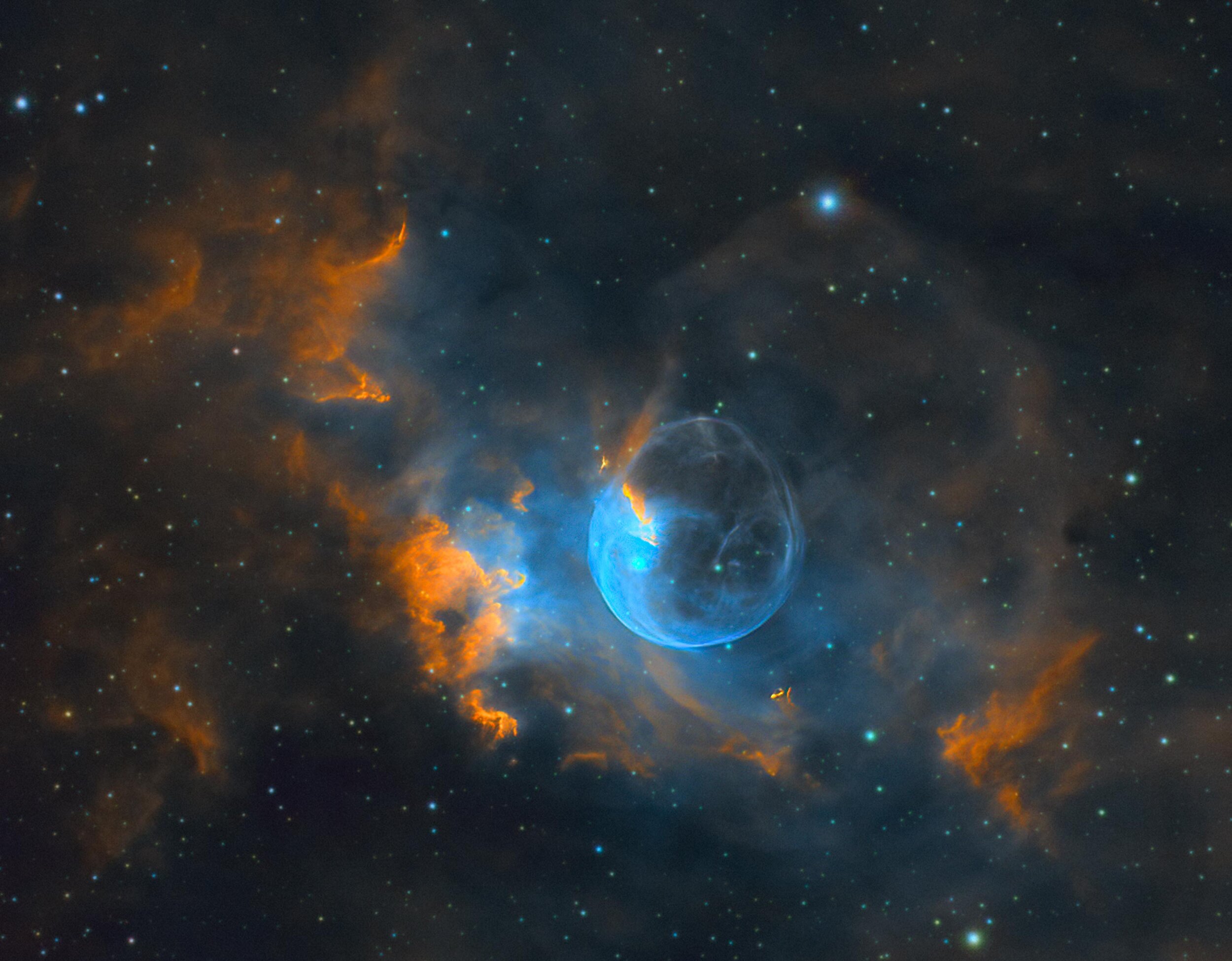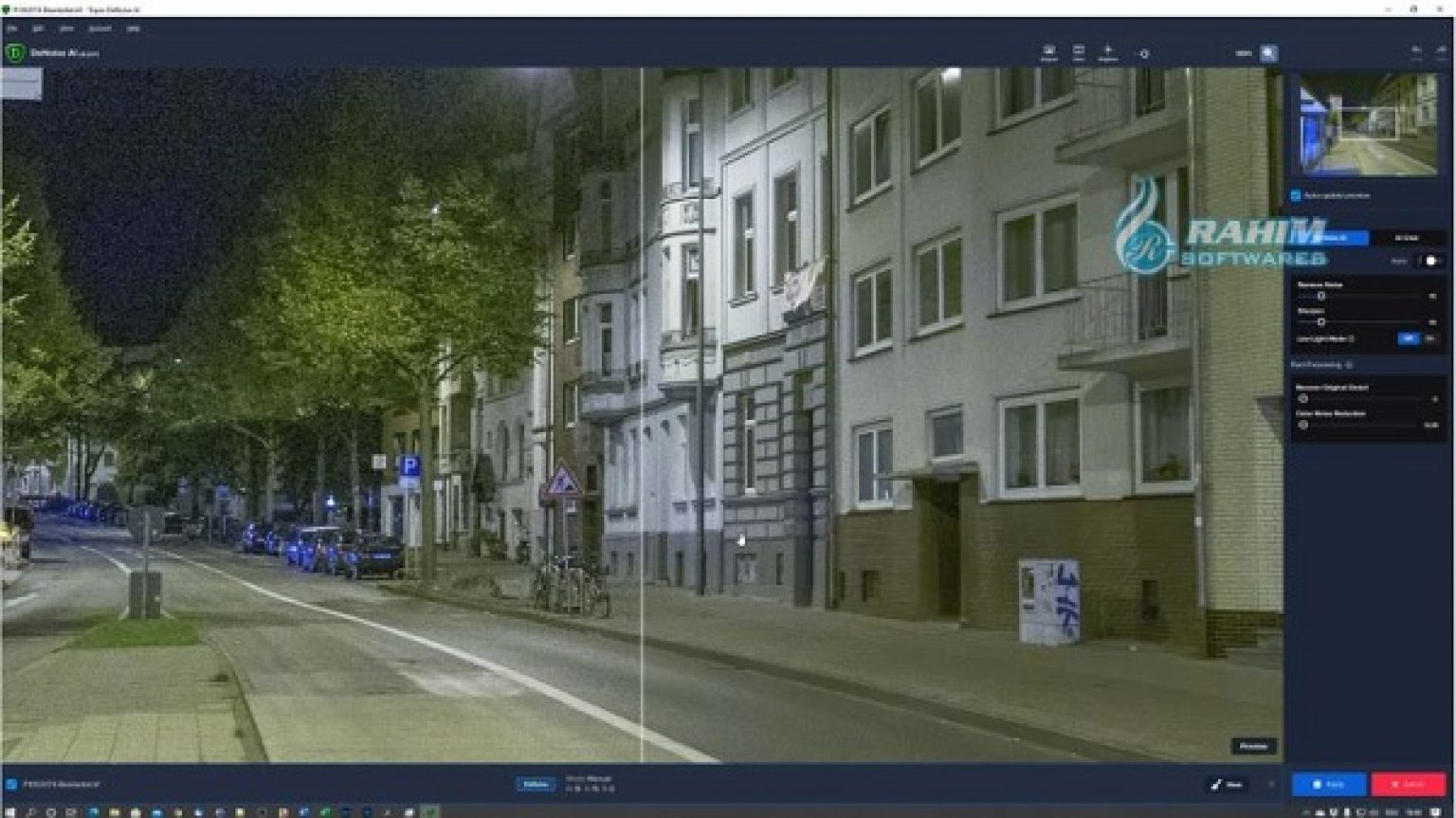

- TOPAZ DENOISE AI 3.1 UPDATE
- TOPAZ DENOISE AI 3.1 PRO
- TOPAZ DENOISE AI 3.1 SOFTWARE
- TOPAZ DENOISE AI 3.1 MAC
It’s available as a standalone app or a plugin for Adobe Photoshop, Lightroom or Topaz Studio. The screengrabs below will clearly illustrate the amount of noise in the shadows and the skies, which manifested when I tried to correct the exposure of this photograph.Topaz Sharpen AI is a sharpening and shake reduction photo retouching software, which can help make blurry or out-of-focus areas of your photos sharper.
TOPAZ DENOISE AI 3.1 PRO
The other two were taken on my Huawei P30 Pro smartphone. Except for two, all files tested were NEF raw files from various Nikon cameras I’ve owned over the last 14 years. I tested Adobe Lightroom (not Classic) version 6.3.1 on my M1 Macbook Air, running macOS Ventura 13.3.1. I hope that they’re extended to mobile versions soon. The first couple of AI features reviewed below are currently available for the desktop versions of Lightroom and Lightroom Classic. Luckily for me, there were no more surprises. I took each of those files along with their XMP sidecars and imported them into Lightroom directly. “Sir, you can use Denoise on Lightroom Classic directly,” he told me when I tried to explain what I was trying to do. The support rep clearly stated that there was no way of forcing the raw file to the cloud, even if ample space was left in your Adobe plan. Suddenly, I had 52 smart previews sitting in Lightroom that I couldn’t work on. Any edits you apply are done on this preview, not the raw file itself. All it does is push a “smart preview” of the file for you to view on any device. It turns out that Lightroom Classic does not sync the entire raw file to the cloud. 45 minutes later, after a long call with Adobe’s support team, I learned something new. One by one, each file in the collection that I tried to apply Denoise on gave me this error.

Scrolling down to the Denoise button, I found no indication that I was about to hit a roadblock. So I then filtered the raw files in the collection that I had just synced and found a handful of high-noise files to work on. Yes, there were some jpegs in the collection, which by now I realized I couldn’t use Denoise on. Problem 2īy now, the cloud sync of the collection had been done.
TOPAZ DENOISE AI 3.1 UPDATE
This brings me to the second problem (unrelated to the latest update but significant, nevertheless). Countless jpegs from my catalog need this tool right now. I need that AI power to work on jpegs more than anything right now. With some clever manipulation of its existing noise reduction sliders, it’s not complex to reduce noise in raw files already. I do think that Adobe could have waited to release Denoise after it added jpeg compatibility. Why would Adobe cripple its latest AI tool in this manner? It’s so much easier to reduce noise in raw files that have oodles more data in them than jpegs. “That’s not very useful,” I thought to myself, realizing that most of us with noisy images would probably realize that most of them are jpegs. I clicked on it as I prayed for Adobe to add sensor spot removal under its AI-enabled tools soon. “Reduce noise with AI,” read the caption below it. There it was, a sparkly new button that promised to make grainy color noise a worry of the part. As the album hadn’t yet synced here, I just picked one of the images already on the app and scrolled down to the Detail panel.
TOPAZ DENOISE AI 3.1 MAC
Not quite… Problem 1Īfter adding over 60 images to the collection and syncing it to my Lightroom cloud on my Mac Mini, I opened up Lightroom on my Macbook. All I needed to do was to sync those images into a collection on Lightroom Classic and then access that collection on Lightroom. So when the opportunity to test out the new Denoise tool on Lightroom arose, I knew I had tons of underexposed, noisy images to use for this review.
TOPAZ DENOISE AI 3.1 SOFTWARE
But as Capture One still hasn’t given any indication of bringing out a smartphone app, Adobe Lightroom (not the Classic version) has been my go-to editing software when I’m out and about.

Until last year it was my primary post-processing tool until I began using Capture One a lot more. I’ve got about 13 years of photos in my Adobe Lightroom Classic catalog. But First, A Lesson I Learned The Hard Way It’s not just noise reduction that’s been AI-enabled photographers will find the recent update to reduce their editing time significantly when working on portraits. At least Adobe has realized the need to integrate more AI features immediately and has done so in its latest update of Lightroom. Adobe and Capture One were left behind with software like Topaz DeNoise, On1 NoNoise, and DXO PureRAW, making great strides with clean, effective, and realistic-looking noise reduction.


 0 kommentar(er)
0 kommentar(er)
